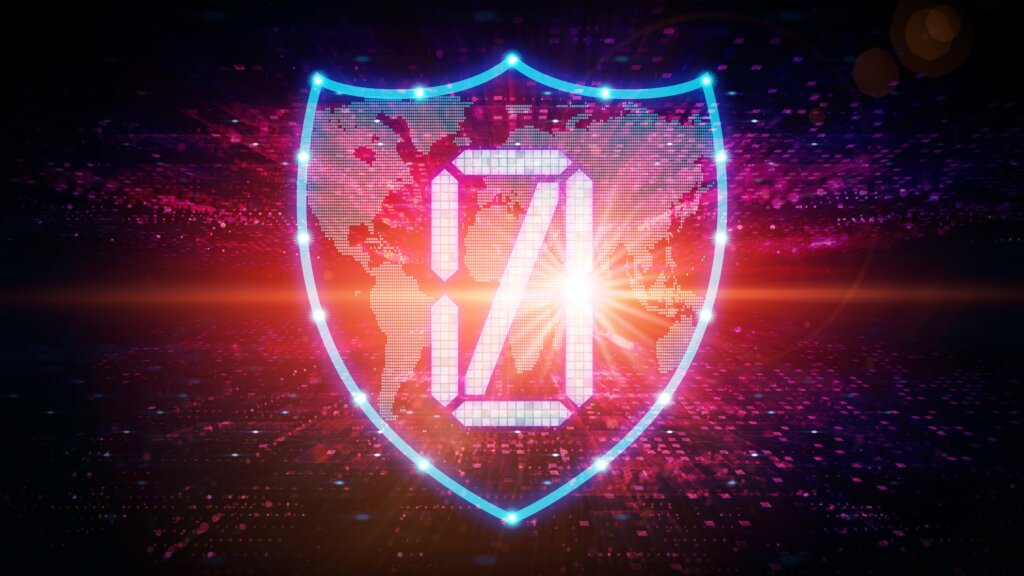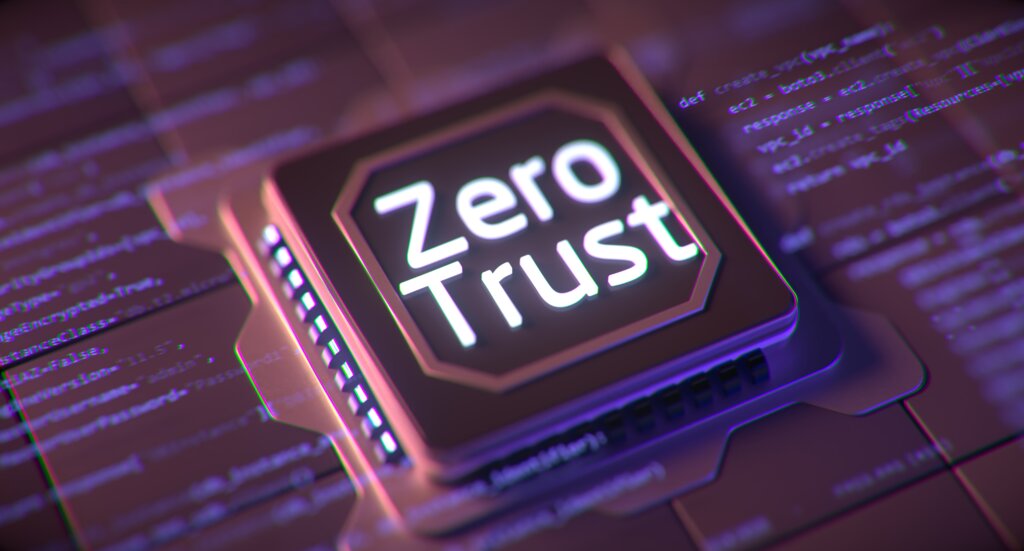
Federal governments and accredited agencies worldwide have created compliance frameworks in response to growing cyber threats. Source: Shutterstock
The cybersecurity compliance checklist: A roadmap to cyber resiliency with Zero Trust
Modern hyper-connectivity and data proliferation is a double-edged sword: it has significantly expanded the cyber threat landscape, with more gaps and vulnerabilities available for bad actors to exploit. The rise in attacks is not only a result of the sheer amount of data and network connections but also new technologies like AI and the Internet of Things (IoT).
The global average cost of one of these breaches is estimated to be $4.45 million this year, which marks a 15 percent increase over the last three years. Zero-day vulnerabilities – undiscovered flaws in an application or operating system open to threat actors – are also becoming more of a concern. They are known to be one of the most valuable things a hacker can exploit.
According to the Microsoft Digital Defense Report 2023, the number of human-operated ransomware attacks is up more than 200 percent since September 2022. This is, in part, because many attackers are choosing to skip the classic step of endpoint encryption. Instead, they exfiltrate valuable company data to extort from victims, reducing the time and effort needed to execute the attack. The cost of ransomware attacks is estimated to reach $265 billion by 2031.
In response to these growing cyber threats, federal governments and accredited agencies worldwide have created compliance frameworks for organizations to follow. These frameworks help ensure the security of an organization’s digital infrastructure and sensitive data. Agencies often suggest guidelines for implementing robust cybersecurity measures and promote regularly auditing and updating security protocols to stay ahead of evolving threats.

Agencies often suggest guidelines for implementing robust cybersecurity measures and promote regularly auditing and updating security protocols to stay ahead of evolving threats. Source: Shutterstock
Frameworks include the US National Institute of Standards and Technology’s (NIST) Cybersecurity Framework, which helps companies manage cyber risks, with an update coming in 2024 for small businesses and higher education institutions. NIST SP 800-171 safeguards Controlled Unclassified Information, while Critical Security Controls (CSC) from the Center for Internet Security (CIS) defend against the most prevalent cyberattacks.
The latest version of CSC specifically addresses modern threats which have emerged from the likes of cloud-based computing and remote work.
Unfortunately, these compliance frameworks can be confusing to navigate. The language used is often ambiguous, making it difficult to determine whether the guidelines are being properly followed and which technologies are required to implement adherence. As an organization works through one compliance framework, it will likely implement software or technology that satisfies multiple – but not necessarily all – requirements from different frameworks. It can also be difficult to know which frameworks or specific guidelines are relevant to a company.
Despite these challenges, working to follow the frameworks relevant to a company’s industry and jurisdiction is a worthwhile endeavour, given the presence of ever-advancing cyber threats. There is also no need to review each body of guidelines and governance separately, as ThreatLocker® has a comprehensive checklist that covers the guidelines the frameworks have in common. Its recommendations include:
- Access controls
- Antivirus/antimalware solution
- Application controls
- Backup system and disaster recovery plan
- Data loss prevention
- Encryption
- Group health plans that protect private health information (PHI)
- Incident response plans
- Centralized log management
- Network security
- Physical security controls
- Remote access controls
- Follow secure coding practices
- Secure configurations
- Secure mobile device management
- Training
- Vulnerability management
- Written policies

ThreatLocker’s solutions apply a true Zero Trust endpoint security model, where no entity is trusted by default. Source: Shutterstock
Security solutions from ThreatLocker® can assist a company in meeting these requirements by providing endpoint security and application control. They are unique in that they apply a true Zero Trust endpoint security model, where no entity is trusted by default. Everything is blocked – applications, inbound internet traffic, downloads – unless an organization has specifically approved it. Gartner analysts predict that 60 percent of organizations will embrace Zero Trust as a starting point for security by 2025.
ThreatLocker® is the only provider of Ringfencing™, an advanced application containment tool that controls what applications can do once they are running, reducing the likelihood of a zero-day vulnerability exploit and the weaponization of legitimate tools.
To learn more about how the ThreatLocker® Endpoint Protection Platform can help your organization comply with the relevant cybersecurity frameworks and keep you ahead of threats, reach out to a Cyber Hero Team Member or book a free trial today.
READ MORE
- 3 Steps to Successfully Automate Copilot for Microsoft 365 Implementation
- Trustworthy AI – the Promise of Enterprise-Friendly Generative Machine Learning with Dell and NVIDIA
- Strategies for Democratizing GenAI
- The criticality of endpoint management in cybersecurity and operations
- Ethical AI: The renewed importance of safeguarding data and customer privacy in Generative AI applications
